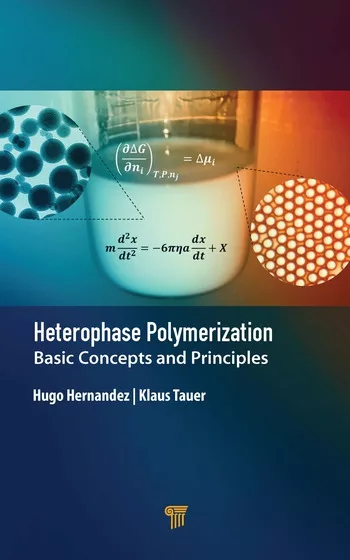Ask Dr. Dave
In his February 2009 column, Dr. Dave discusses UV-cured coatings and water-based adhesives for laminating fine aluminum foil to paper.
Question: I am considering using a UV-cured coating for some irregularly shaped parts, however it is almost impossible to orient the parts so that the UV radiation cures all the coating; there will be areas that do not see the radiation. How can I cure these?
Answer: Talk to your suppliers about so-called “shadow curing” options. Most UV-cured coatings are based on acrylates and methacrylates, and they cure free-radically by the decomposition of a photoinitiator. However, it is possible to build in a secondary cure mechanism to cure the areas that do not get exposed to the UV radiation. Some allylic functional monomers will crosslink by exposure to atmospheric oxygen, and it is also possible to add isocyanate functionality to generate crosslinking by atmospheric moisture in much the same way one-component polyurethanes do.
Shadow curing systems can cure in times ranging from less than an hour to several days, depending on the system and your specific requirements. You will have to be careful about storage of these types of systems in order to minimize exposure to the atmosphere.
Question: I was wondering if you know where I can find a formula for a water-based adhesive for laminating fine aluminum foil to 23 lb paper. I am having a problem with the product wrinkling after it sets.
Answer: Water-based adhesives can be based on several polymers, including polyvinyl alcohol (PVOH), polyvinyl pyrrolidone (PVP), starches and cellulose derivatives. There are also emulsions such as those based on polyvinyl acetate (PVA) or ethylene vinyl acetate (EVA). Wrinkling is caused by the shrinkage of the adhesive due to evaporation of the water as it dries.
The real key to eliminating wrinkling is to use a very-high-solids system, or one with a minimum amount of water. Unfortunately, some manufacturers use a lot of water to increase the "open time,” or the period over which the adhesive is aggressively tacky and a successful bond can be made. However, this adversely increases paper wrinkling as the adhesive material dries and shrinks. Another method of decreasing wrinkling during drying is to replace water with less-volatile solvents such as glycols and other water-miscible solvents.
Question: I am considering using a UV-cured coating for some irregularly shaped parts, however it is almost impossible to orient the parts so that the UV radiation cures all the coating; there will be areas that do not see the radiation. How can I cure these?
Answer: Talk to your suppliers about so-called “shadow curing” options. Most UV-cured coatings are based on acrylates and methacrylates, and they cure free-radically by the decomposition of a photoinitiator. However, it is possible to build in a secondary cure mechanism to cure the areas that do not get exposed to the UV radiation. Some allylic functional monomers will crosslink by exposure to atmospheric oxygen, and it is also possible to add isocyanate functionality to generate crosslinking by atmospheric moisture in much the same way one-component polyurethanes do.
Shadow curing systems can cure in times ranging from less than an hour to several days, depending on the system and your specific requirements. You will have to be careful about storage of these types of systems in order to minimize exposure to the atmosphere.
Question: I was wondering if you know where I can find a formula for a water-based adhesive for laminating fine aluminum foil to 23 lb paper. I am having a problem with the product wrinkling after it sets.
Answer: Water-based adhesives can be based on several polymers, including polyvinyl alcohol (PVOH), polyvinyl pyrrolidone (PVP), starches and cellulose derivatives. There are also emulsions such as those based on polyvinyl acetate (PVA) or ethylene vinyl acetate (EVA). Wrinkling is caused by the shrinkage of the adhesive due to evaporation of the water as it dries.
The real key to eliminating wrinkling is to use a very-high-solids system, or one with a minimum amount of water. Unfortunately, some manufacturers use a lot of water to increase the "open time,” or the period over which the adhesive is aggressively tacky and a successful bond can be made. However, this adversely increases paper wrinkling as the adhesive material dries and shrinks. Another method of decreasing wrinkling during drying is to replace water with less-volatile solvents such as glycols and other water-miscible solvents.
Links
Looking for a reprint of this article?
From high-res PDFs to custom plaques, order your copy today!






